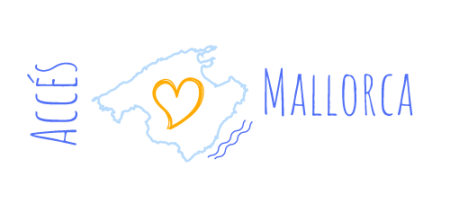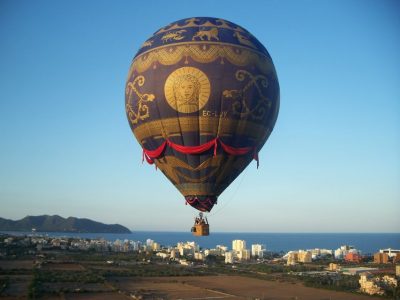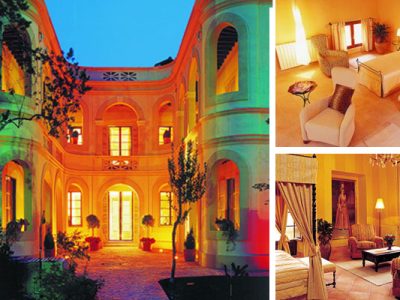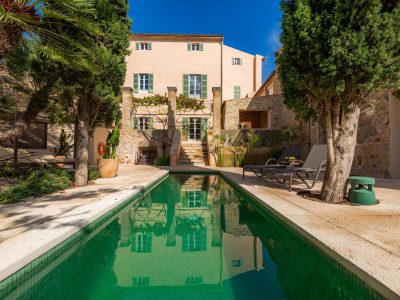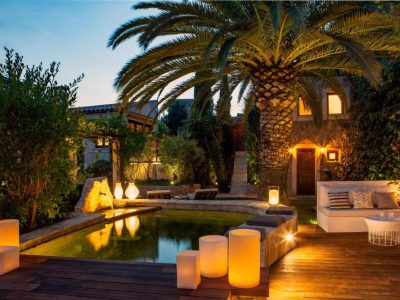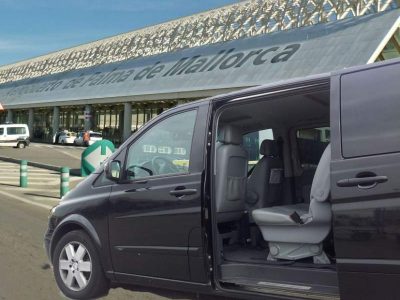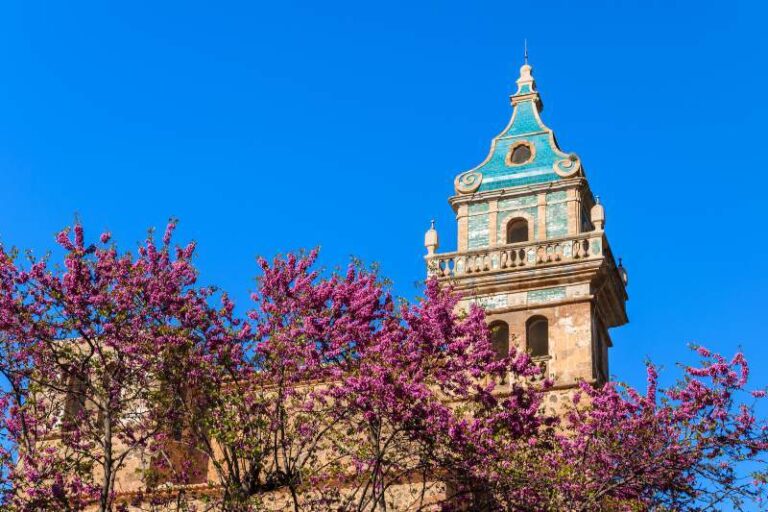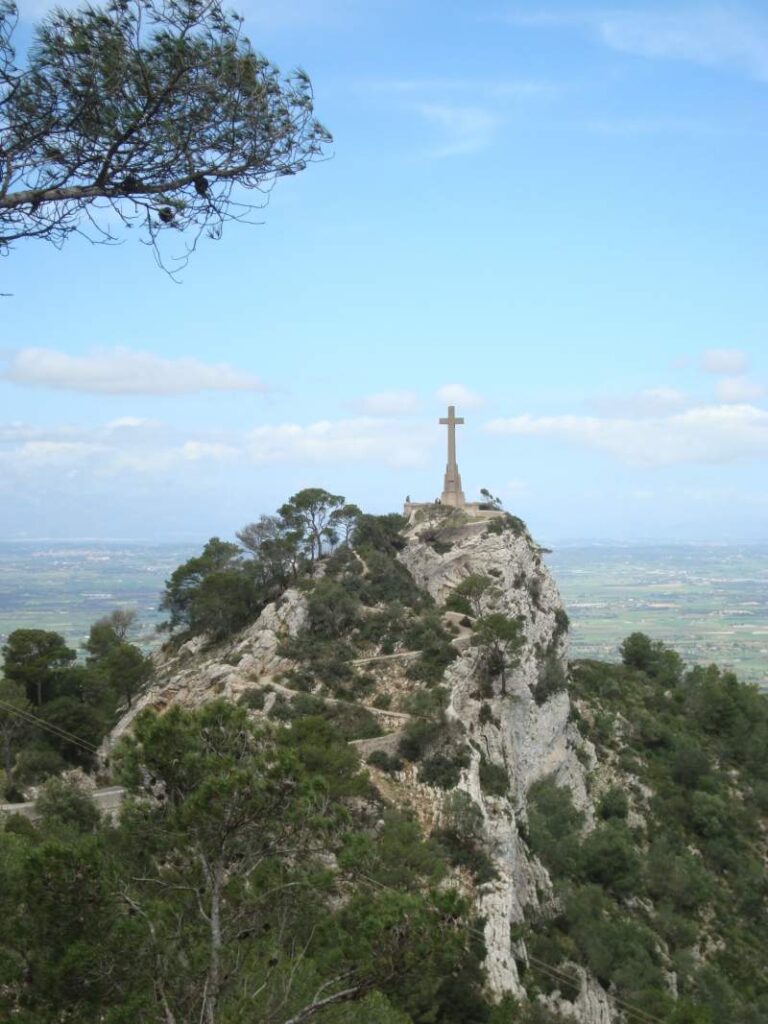All your holiday planning needs in one place, letting you book direct and benefit from official online rates
- Places To Go
- Things To Do
What’s Your Interest?
Traveling with kids
- Blog
Monestir de Bellpuig
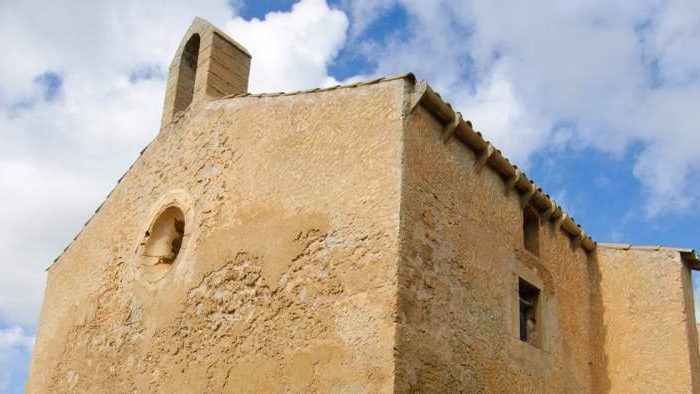
The Bellpuig monastery is located in the vicinity of Cami Vell de Ciutat (the old road to Palma) and was one of the first in Mallorca
The foundation of the monastery dates back to the Catalan conquest of the island. Jaume I the Conquorer granted this land to the Catalan community of monks from the abbey of Bellpuig de les Avellanes. This historic event led to the resettlement of the area and the new settlers reused the existing prehistoric, Roman and Muslim structures to create a new community.
This monastery is organized around a cloister-shaped square courtyard. The church, stores and monastic dependencies are located around this structure.
The church is the best preserved structure by far, with the rest of the site lying in ruins. This gothic style church is typical from the Catalan resettlement period, also known as “Repoblement”.
It features a single nave with gabled roof. The decoration in the interior is composed by the geometrical forms of the capitals and a small window in the apse. The Virgin Mary sculpture was transferred to Artà in 1425 after the monks left the site. The monastery was bought then by the Vivot family.
The complex passed to the Dameto family in 1637. This family transformed the monastery into a farmhouse modifying the structure of the monastery.
The Consell Insular de Mallorca acquired the Bellpuig convent in 1999. Several excavations have been carried out in the monastery and surroundings, bringing to light prehistoric, Roman, Muslim and monastic artefacts.
